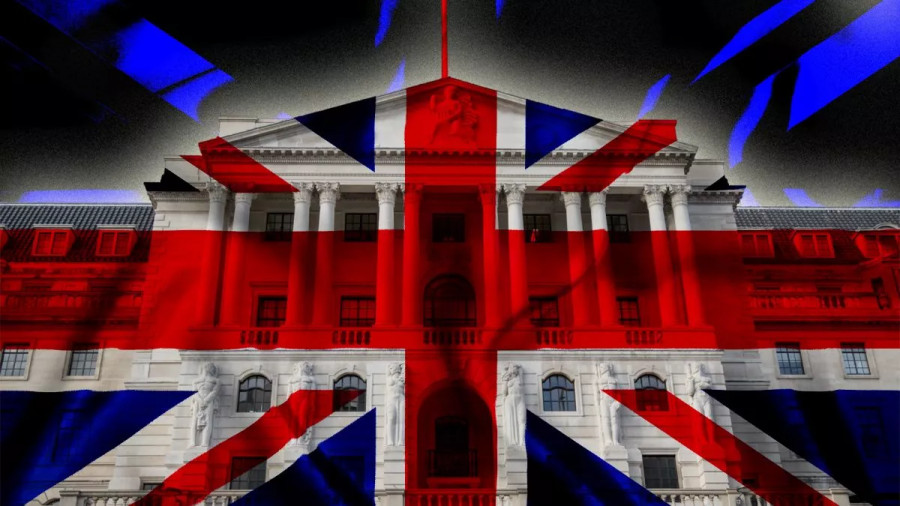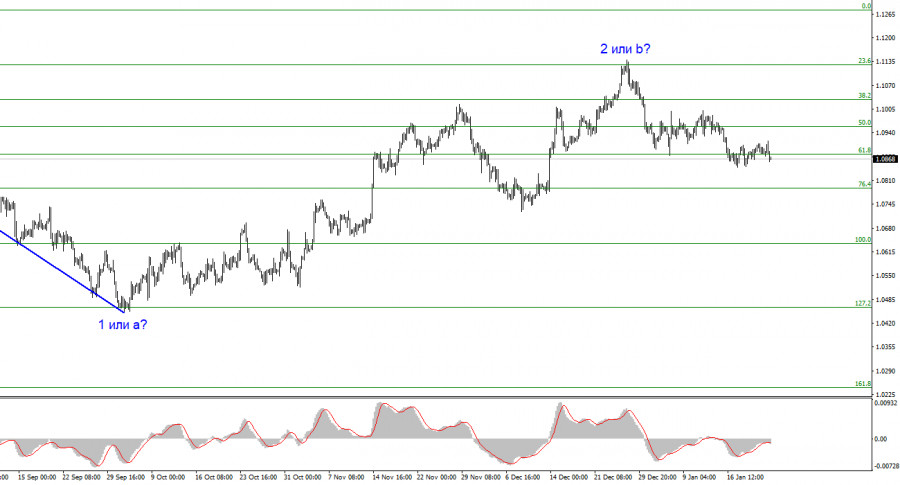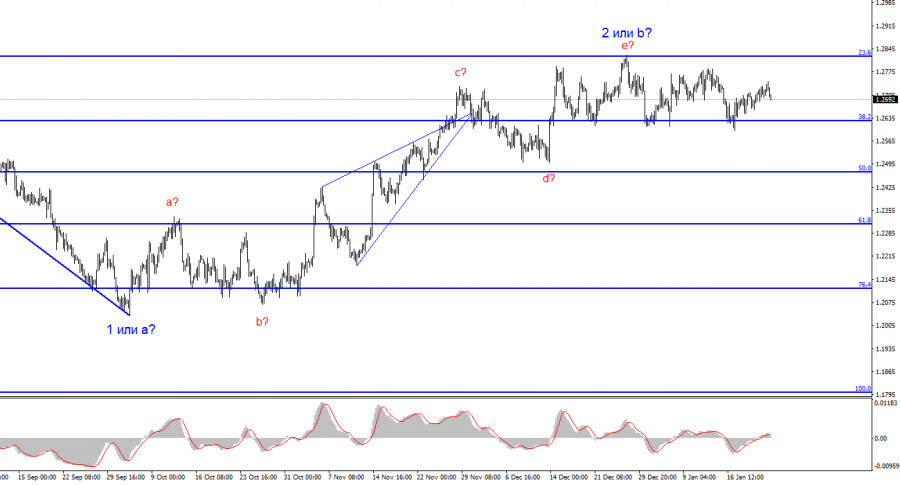
Confusion regarding interest rates continues. For over a month now, there has been a real frenzy about the interest rates of the European Central Bank, the Federal Reserve, and the Bank of England. Opinions are constantly changing, and expectations are constantly shifting. The market expects the Fed to lower rates in March, but a few FOMC members have cast doubt on these hopes. The market anticipates the ECB's first rate cut in the fall, but ECB President Christine Lagarde said that rates could start to fall as early as the beginning of summer. As for the BoE, no one expected a rate cut in the near future, but surveys of leading economists indicate that the British central bank may begin monetary easing in the second quarter.
At least that's what a Reuters poll has shown. In the Jan. 17-22 poll, 38 of 70 economists said the first cut would come next quarter. This is a little more than half, but just a month ago, hardly anyone was even thinking about a rate cut before the fall. The fact is that inflation in the UK remains well above the target level, so expecting a rate cut in the second quarter, in my opinion, is premature.

Nevertheless, most economists believe otherwise. So what does this mean for the British pound? Only what I've been expecting from it – a decline. I didn't see any significant market reaction to this news. Demand for the British pound has decreased slightly on Tuesday, and soon there may be another test of the 1.2627 level, which corresponds to 38.2% Fibonacci. I believe that on the sixth attempt, this level will not hold.
I also want to draw your attention to the last three price peaks between the 23.6% and 38.2% Fibonacci levels. Each subsequent peak is lower than the previous one. Based on this, we may be witnessing the emergence of a new downward impulse wave that I have been waiting for for over a month. So, it all depends on a successful attempt to break the 1.2627 level.
The BoE's meeting next week could only make it worse for the British pound, as BoE Governor Andrew Bailey may confirm the assumption that the central bank will not wait until autumn or even August to lower interest rates. In this case, demand for the pound will decrease even further, which is what we need.
Based on the analysis, I conclude that a bearish wave pattern is being formed. Wave 2 or b has taken on a completed form, so in the near future, I expect an impulsive descending wave 3 or c to form with a significant decline in the instrument. The failed attempt to break through the 1.1125 level, which corresponds to the 23.6% Fibonacci, suggests that the market is prepared to sell over a month ago. I will only consider short positions with targets near the level of 1.0462, which corresponds to 127.2% Fibonacci.

The wave pattern for the GBP/USD pair suggests a decline. At this time, I am considering selling the instrument with targets below the 1.2039 mark because wave 2 or b will eventually end, and could do so at any moment. In fact, we are already seeing some signs of its end. However, I wouldn't rush to short positions at this time. Since the movement has been horizontal for a month, I would wait for a successful attempt to break the level of 1.2627, afterwards it will be much easier to expect the pair to fall further.
The material has been provided by InstaForex Company - www.instaforex.comfrom Forex analysis review https://ift.tt/qHKOti4
via IFTTT
